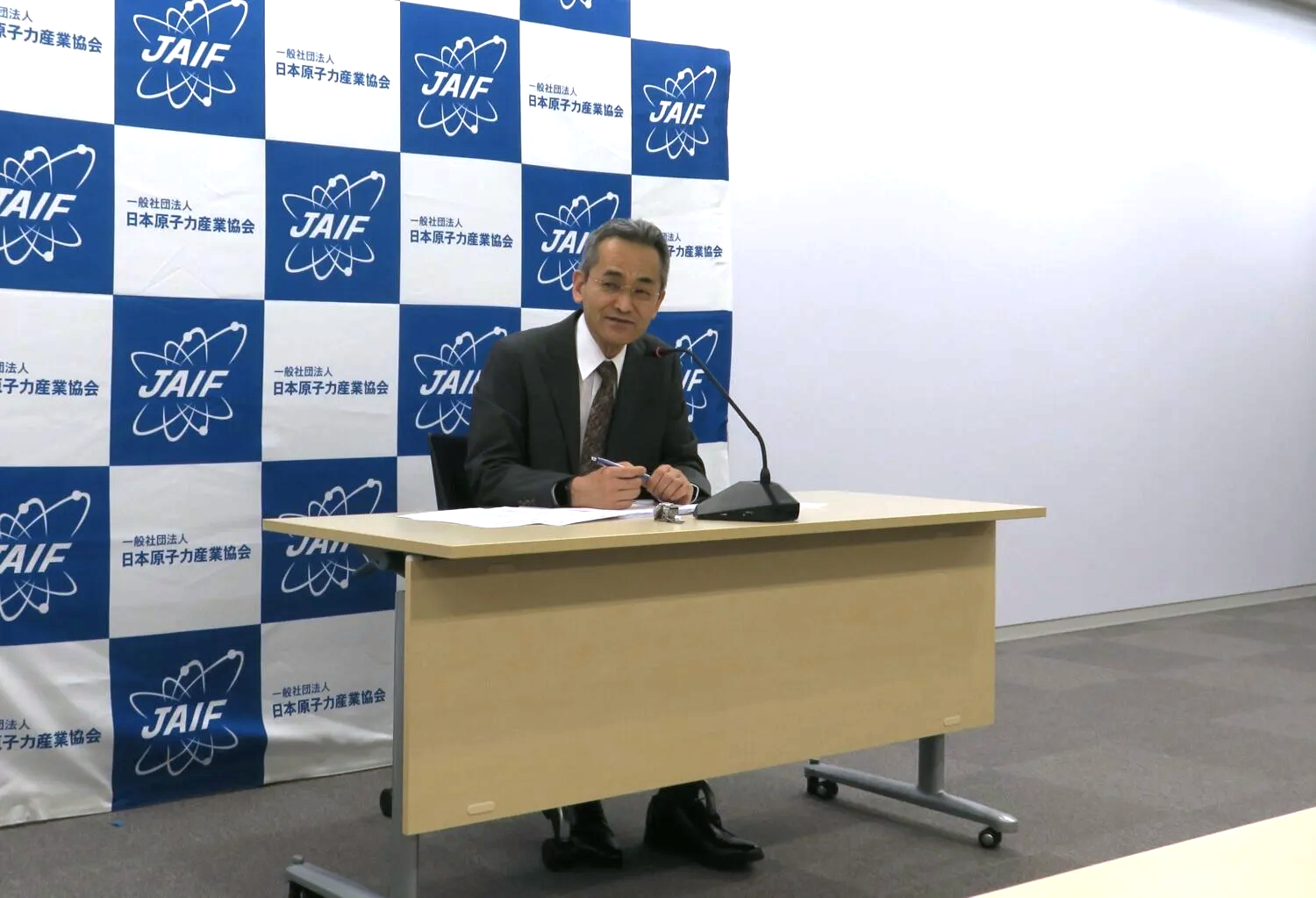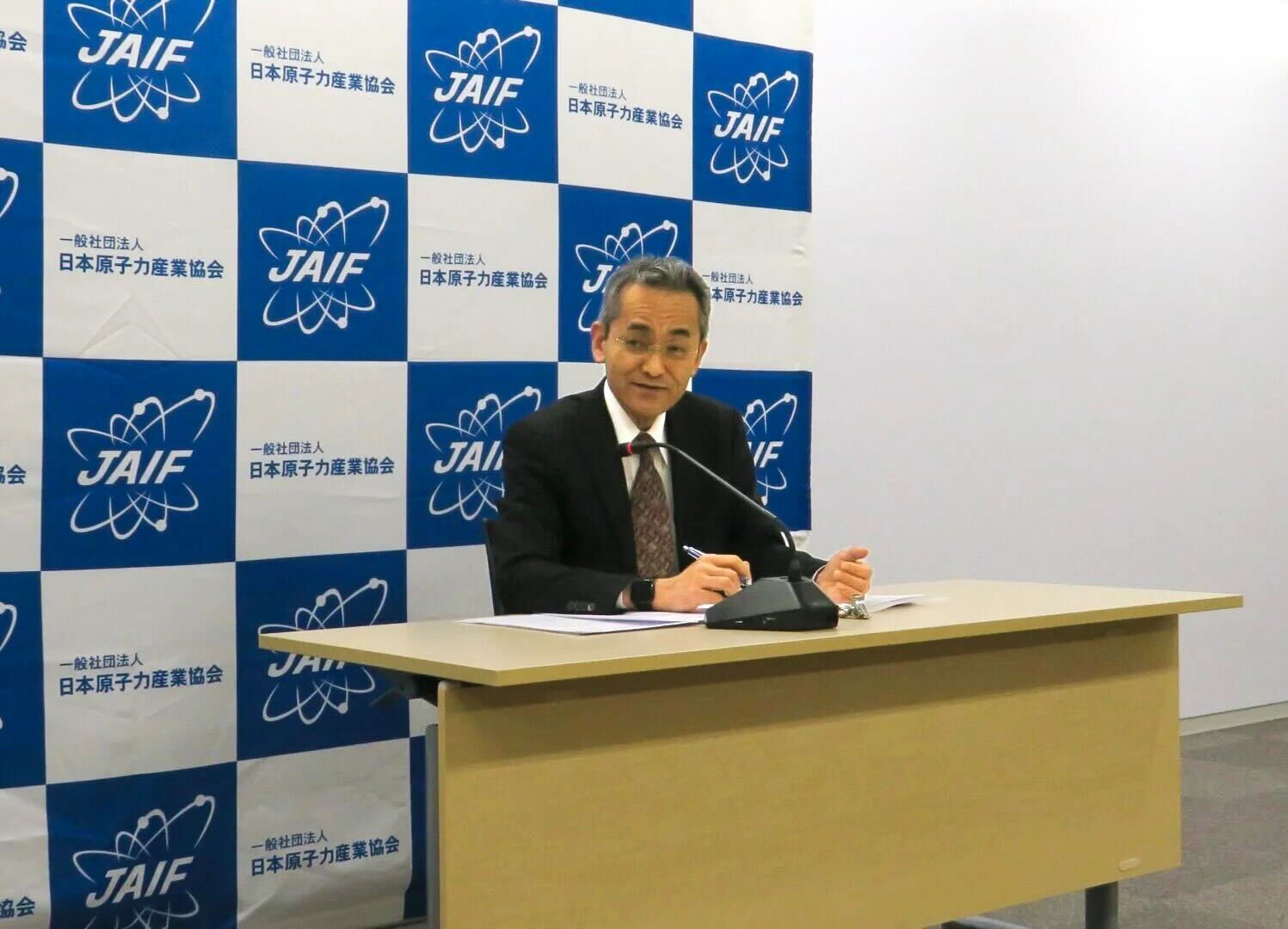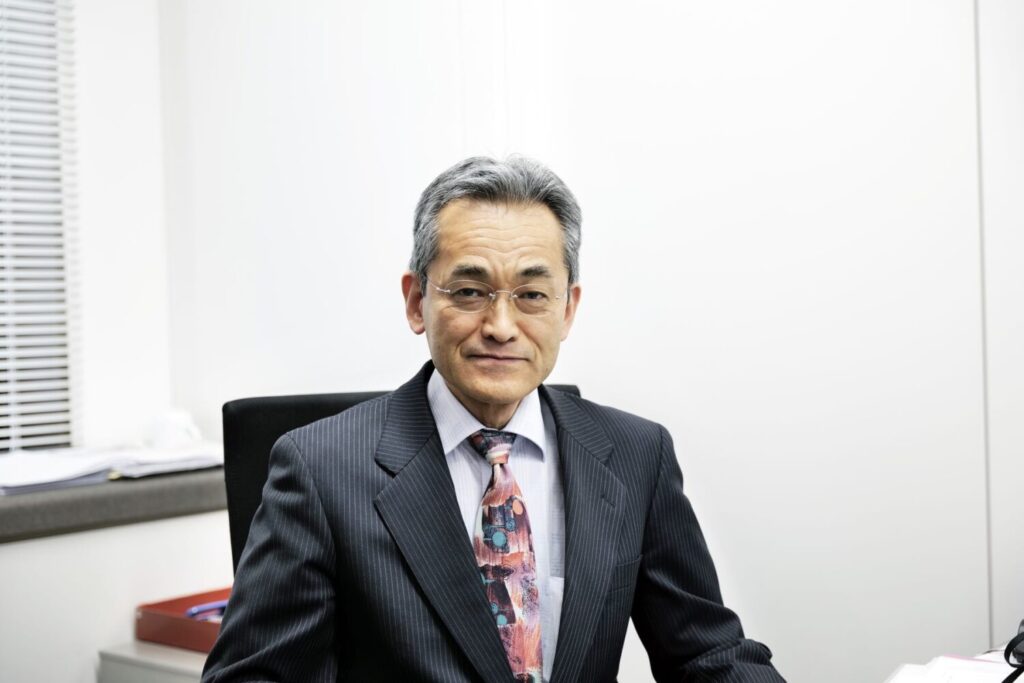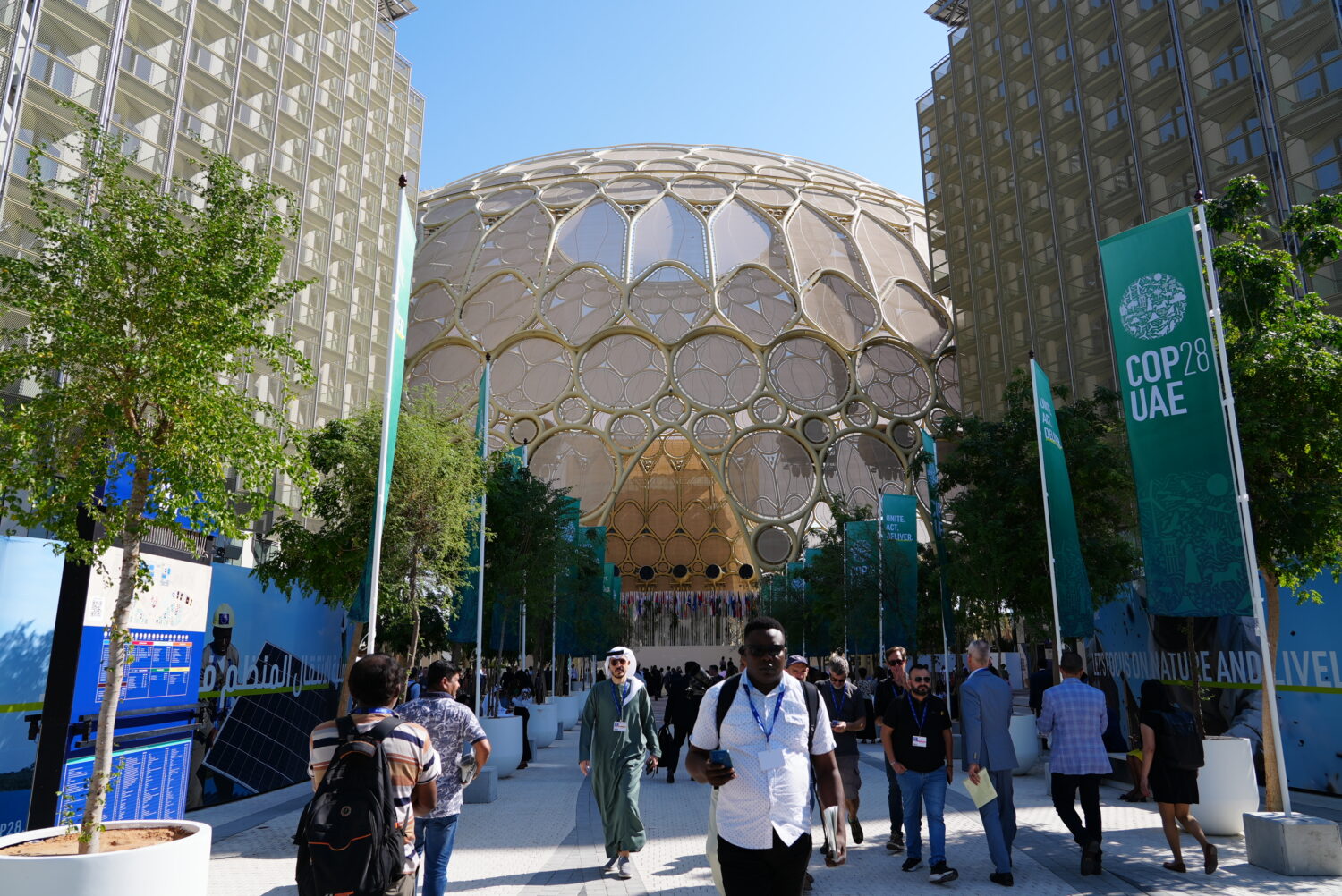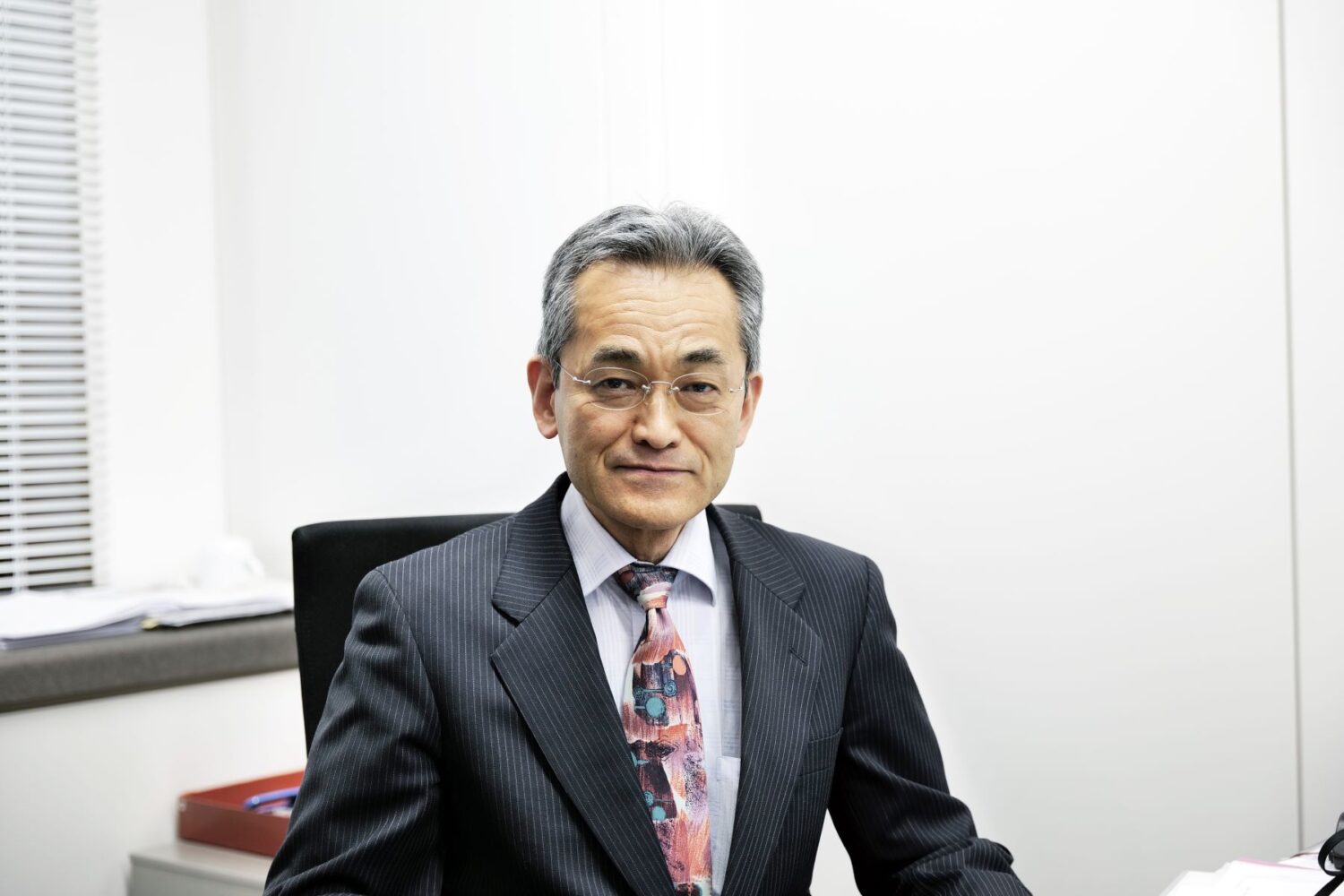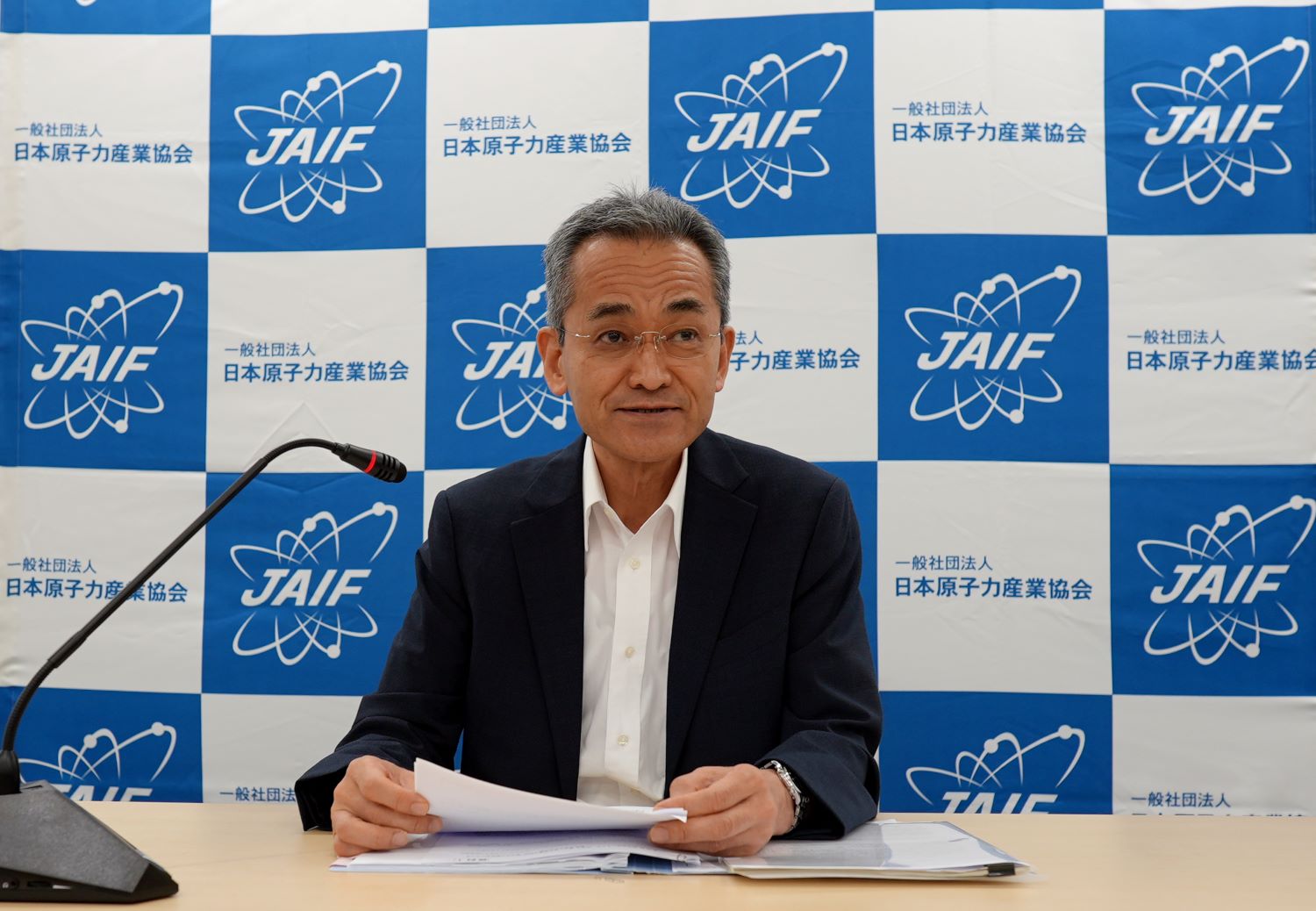Both announcements show that steady progress is being made in examinations of nuclear power plants to confirm their compatibility with the new regulatory standards.
Meanwhile, Japan’s Nuclear Regulation Authority (NRA) has discussed, via an expert panel, six sites where the former Nuclear & Industrial Safety Agency (NISA) had ordered additional investigations of fault zones of crushed rock beneath station premises. More than one of the operators had objected to the NRA about those investigations.
That indicates that discussions are not proceeding in a manner satisfactory to both parties. Given such a situation, I want to express my hope for two points in future discussions:
1. Creating outcomes that will be satisfactory to both the NRA and nuclear operators—achievable through more thorough discussions.
At a meeting held in December 2014, the NRA announced its policy of carrying out strict examinations of NPPs for compatibility with new regulatory standards—for which applications were being filed—adding that it would refer not just to evaluations made by the panel of experts, but also to the latest knowledge and information obtained by the operators in their additional investigations and other activities.
Regarding the Tsuruga-2, owned and operated by the Japan Atomic Power Company (JAPC), the panel of experts concluded, in its draft evaluation report, that one of the fault zones of crushed rock running directly under the reactor building could possibly become an active fault in the future.
At an evaluation meeting held this month, after JAPC had filed an application for a compatibility examination for Unit 2 in November 2015, the NRA secretariat presented 13 points to be addressed (nine of which are related to ground characteristics and earthquakes, including a fault zone of crushed rock within the site) when conducting the compatibility examination. It is expected that discussions in future evaluation meetings will intensify in accordance with the NRA’s policy and the 13 points mentioned above.
As for the Shika NPPs, owned and operated by the Hokuriku Electric Power Co. the expert panel will issue a draft evaluation report in due course. At a peer review meeting that has already been held, reviewers made comments and expressed views that could be interpreted as objections to the evaluation. In order to be of help in compatibility examinations from now on, it is important that such views and comments by the reviewers be reflected in the final evaluation report.
The NRA and operators are urged to further improve their communications during safety examinations, and to endeavor to discuss matters in a way that each is satisfied with the outcome, in both its scientific and technological aspects.
2. Making explanations in a way that the public finds easy to understand.
Of the many safety issues to be dealt with, questions about geologic faults and crushed rock zones generate a lot of concern among the general public, but the answers are actually difficult and require a professional level of understanding.
People need to understand nuclear safety-related activities if they are to feel a sense of ease about nuclear power. Both the operators and the NRA must thus explain matters to the public in an easy-to-understand manner: not just to people living in local siting areas, but also to the nation as a whole. Besides explaining the results of examinations, moreover, they must also clarify, both transparently and fairly, how they were conducted.





